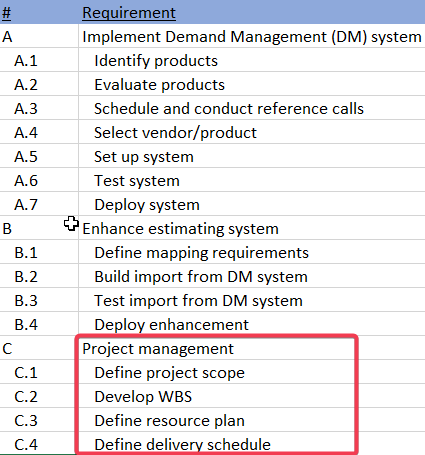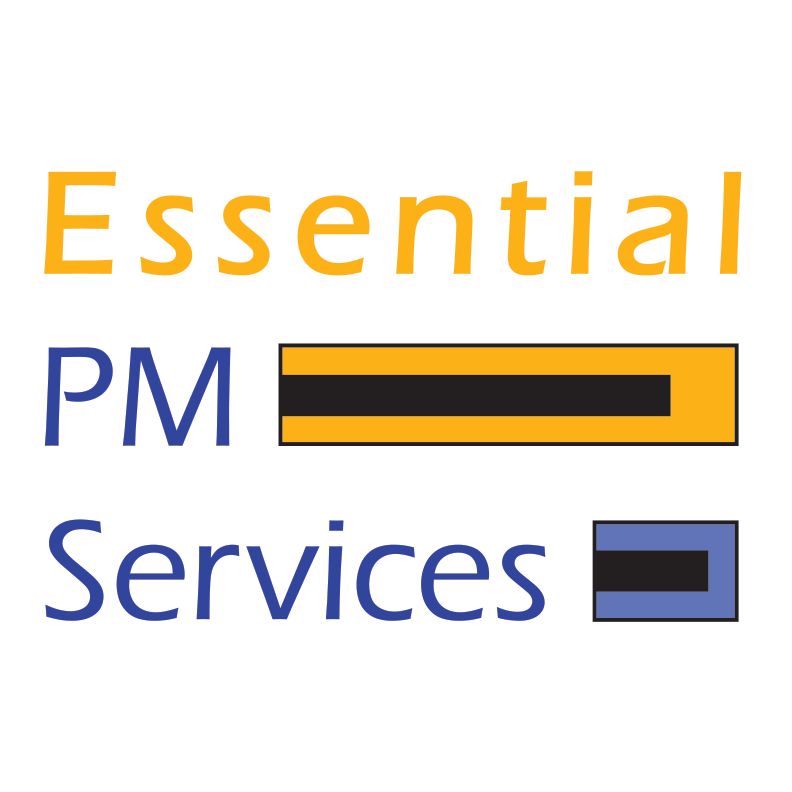“What am I delivering” is a question you may ask yourself regularly. It is not always obvious. In the last post, you started breaking down your requirements into a work breakdown structure (WBS). The examples focused on the sponsor’s needs: the basement in the house example, and the system in the IT example. Note, however, that there are things you need to deliver that have nothing to do with the sponsor’s requirements.
Think about it this way: did your sponsor require a WBS document? Did they ask for a budget breakdown or project plan? Maybe not, yet you need those to plan, execute, and govern the project.
Keeping things simple, let’s call the sponsor’s requirements the Product. Let us then label the deliverables you create to advance the project as the Project. Hence, your project plan needs to account for Product and Project deliverables.

As you get ready for the next step – assessing time and cost requirements – keep in mind that you need to estimate costs and time to develop your Project deliverables, too.
In the next post, we will tie it all together. Remember that objects may be bigger (and more complex) than they appear.
What You Are Delivering (Takeaways)
Recognizing that not everything you deliver relates specifically to the sponsor’s Product, you now differentiate between deliverables that move the project forward (Project deliverables) and those that develop the sponsor’s Product (Product deliverables). You add them to your Work Breakdown Structure (WBS) since both require assessment of costs and time to deliver and thus impact the overall cost and schedule. Next, we take the deep dive into cost and time estimating.
